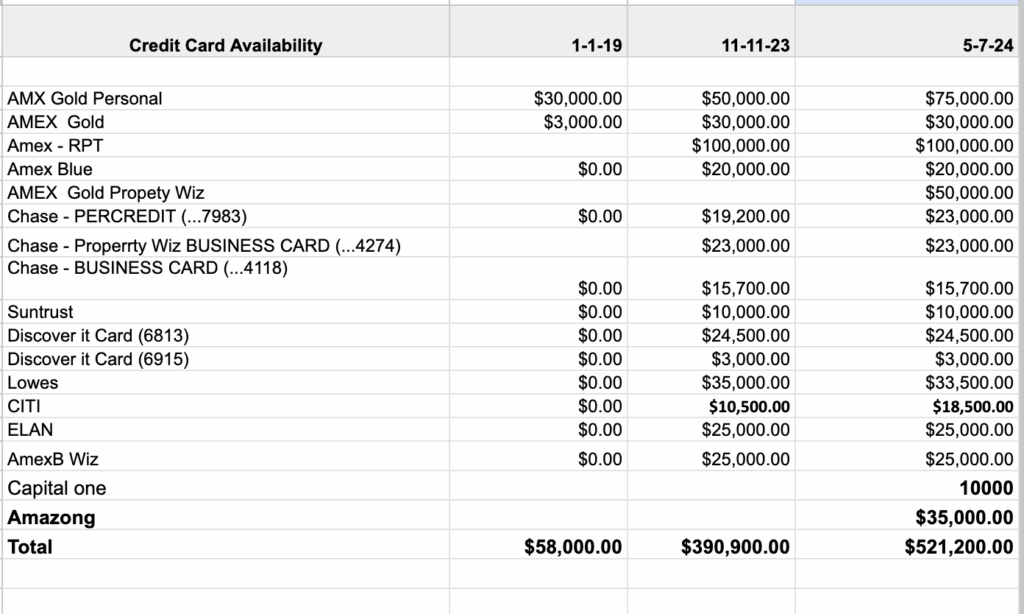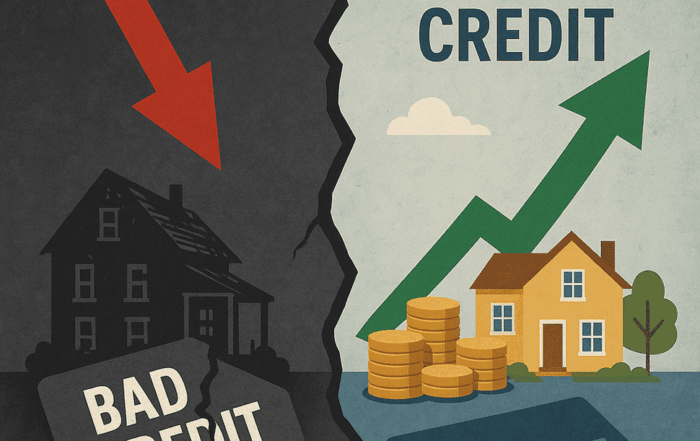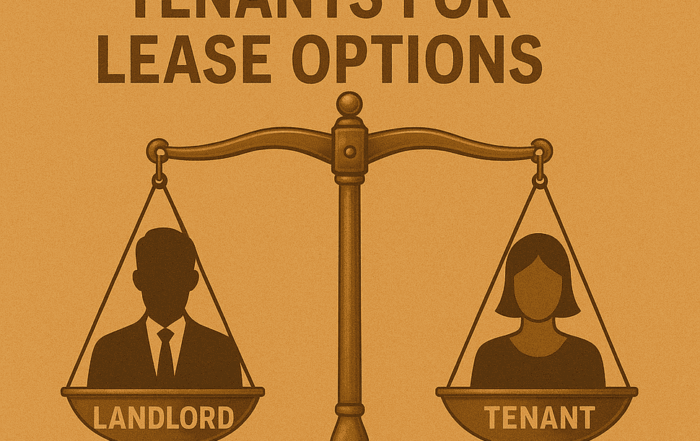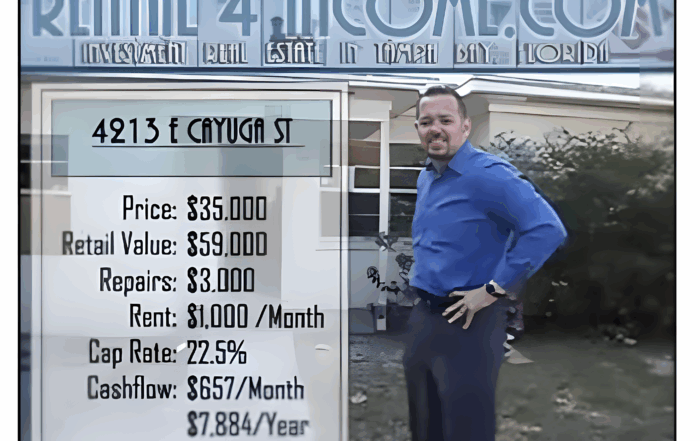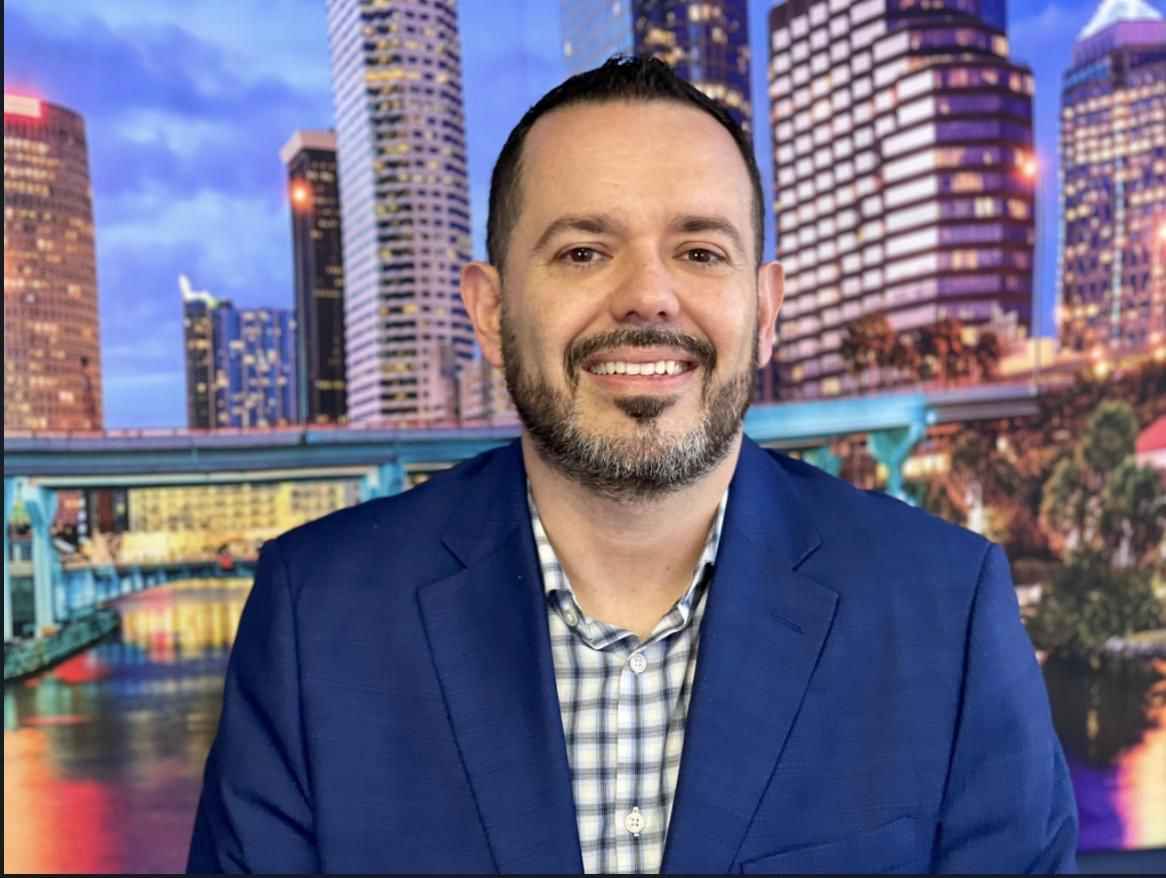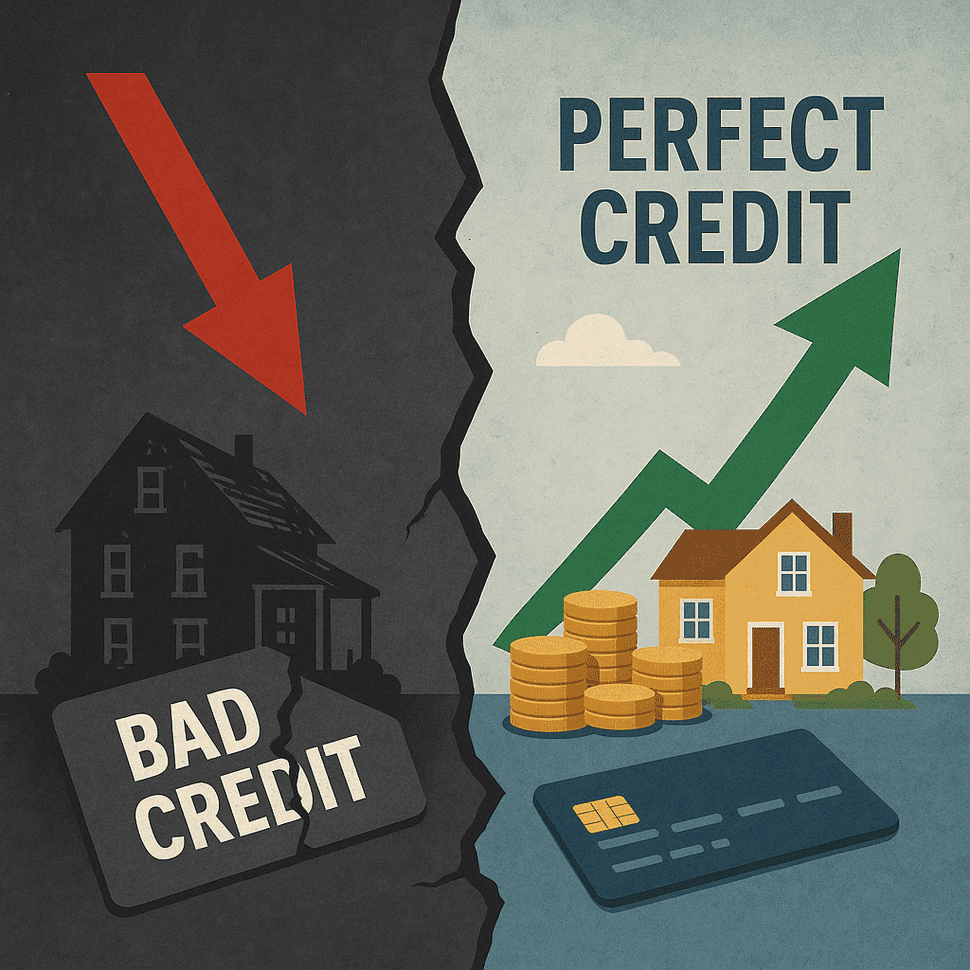
How I Went from Losing 22 Properties to Perfect Credit, 40 Properties, and $500K+ in Credit Lines
Let’s rewind to 2007. The market crashed, the music stopped, and I lost 22 properties in what felt like the blink of an eye. You want to talk about pain? I lived it. One day I was on top, the next I was fielding phone calls from every collector in the country.
I went from being the guy everyone called for deals… to the guy ducking calls and scraping by.
But here’s the twist:
Today, I have perfect credit, over $500,000 in available credit, and 40+ properties under my belt.
So… what happened in between?
Let me walk you through it—credit moves, real talk, some bruises, and a whole lot of lessons learned the hard way. But I promise you this: if I could come back from that low point, so can you.
Step 1: Protect One Loyal Credit Card Like It’s Gold
When everything was falling apart, I did one smart thing:
I kept my American Express open.
That was it. That was the only card I managed to keep current and not cancel. And that one card became my credit “fertilizer.”
Think of it like this: If your credit is a tree, you need at least one healthy root. That card was my root system. Every time I made a payment on time, it sent signals to the credit bureaus: “Hey, this guy’s still alive. He’s still paying someone.”
That tiny bit of activity started to rebuild trust in my credit file.
Lesson: If everything is crumbling, keep one or two loyal credit cards open. Even if you’re not using them heavily, let them age. They carry your history, and that history is gold.
Step 2: Be Ruthless with Disputes (Even If You’re Not 100% “Right”)
Here’s the game the credit bureaus don’t want to talk about:
You can challenge ANY negative item on your credit report, and they have 30 days to respond.
If they don’t? Boom. That item has to come off.
Yes, even if it’s legit.
Yes, even if you know it’s your debt.
Yes, even if it feels weird.
Credit repair is not about being right—it’s about being persistent.
So I started disputing like crazy. I didn’t use fancy services. I wrote the letters myself. Old-school pen to paper. I challenged everything—collections, late payments, charge-offs. Some came off. Some didn’t. But over time, I started shaving down the weight.
You might lose a few. That’s fine. It’s not a court battle—it’s a volume game.
Tip: Set a reminder on your phone every 30 days to follow up. Don’t dispute everything at once. Hit three or four items at a time. Rotate.
Step 3: Get New Credit (Even if It’s Secured)
Once my credit report started looking a little less scary, I looked for new credit—anyone willing to give me a shot. Even if it was secured.
Let me tell you something:
There is no shame in secured credit cards. It’s not a downgrade—it’s a comeback tool.
I applied for a few. Capital One gave me one. So did Discover. I put up a deposit, they gave me a limit, and I used it—strategically.
Now, most people think: “Okay, I’ll just pay the card in full every month.”
Wrong.
Paying it off completely every time doesn’t help as much as you think. Why? Because the banks want to see usage and profitability. If you’re not carrying a little balance, they’re not making interest. So why would they reward you with a higher score?
Here’s what I did:
-
I bought gas, groceries, and the occasional tool at Home Depot.
-
I paid about 50% of the balance each time.
-
I always paid on time, and never let it go past due.
That way, I showed consistent usage, reasonable balances, and no red flags.
Warning: Don’t just pay the minimums. Don’t go maxing out the card either. Keep it under 30% of the limit. That’s your sweet spot.
Step 4: Accept Every Credit Offer (That Makes Sense)
Once a few months passed and I had three or four small cards reporting solid usage, the offers started rolling in—retail cards, small personal lines, low-limit unsecured cards.
I said yes to many of them.
Why? Because every card added more available credit to my profile, which lowered my utilization and boosted my score.
Did I need a card from Kohl’s? No.
Did I ever buy anything from JCPenney? Hardly.
But their card added $1,000 to my available credit, and that helped me.
Remember: You don’t have to use the card. You just need it open, aged, and reporting.
This is how I scaled from $2,000 in available credit to over $500,000 over time.
Step 5: Don’t Get Emotional—Get Strategic
Look, I get it. Losing properties, getting collections calls, watching your score tank—it’s embarrassing. But don’t take it personally. The credit bureaus aren’t mad at you. They’re algorithms.
It’s not about emotions. It’s about strategy and systems.
If you stay consistent, dispute items every 30 days, keep your balances low, and let time pass… you will heal. Your score will grow.
What worked for me was having a simple system:
-
One reminder each month: dispute 2-3 items
-
Never use more than 30% of a card’s limit
-
Add new credit lines every few months
-
Don’t close old cards unless they have annual fees
-
Always pay on time
That’s it. No magic. Just consistency.
Fast Forward: What Credit Did for Me
Once I got back in the 680–700 range, I got access to:
-
Business lines of credit
-
HELOCs (home equity lines)
-
Personal loans at 0% promo APR
-
No-doc investor credit cards
I used credit to:
-
Fund property renovations
-
Cover deposits for Subject-To deals
-
Pay off partners
-
Stage rentals and Airbnb units
-
Cover short-term gaps in flips
When you have good credit, it becomes a tool—not just a score. You can buy time, get leverage, and move fast. In real estate, speed wins. Credit is fuel.
Real Numbers, Real Story
Back then, I was buying homes for $90K, rehabbing for $20K, and refinancing at $160K. I needed credit to front those first repairs and deal costs.
Today, some of those cards have $25K, $30K, even $50K limits.
I’ve used them to scale. I didn’t always have cash on hand—but I had credit. And I used it wisely.
Do not waste good credit on bad debt.
Don’t buy junk you can’t resell. Don’t overspend. Use it to build.
Final Thoughts (From Someone Who’s Been in the Fire)
If you’re sitting there thinking, “Man, my credit’s trashed. I’ll never get out of this,” I want you to hear this:
Yes, you can.
You’re not your score. You’re not your debt.
You’re just in a season—and seasons change.
Start small:
-
Keep one loyal card alive
-
Dispute like a warrior
-
Accept small offers to build trust
-
Use credit wisely, not emotionally
-
Track your wins, no matter how small
I’ve done over 3,500 deals, and some of the best ones came from knowing how to work credit—not just cash. You don’t need a millionaire’s bank account to win in real estate. You need hustle, strategy, and a little help from credit.
Bonus: My Exact Credit Regrowth Timeline
Year 1:
-
Kept AmEx card alive
-
Disputed 4–5 items/month
-
Added 2 secured cards
-
Score: From 500s to low 600s
Year 2:
-
Opened 3 new unsecured cards
-
Kept balances under 30%
-
Applied for HELOC with my first rehab
-
Score: Mid 600s to 700s
Year 3 and beyond:
-
20+ open accounts
-
$500K+ in available credit
-
Used business credit to scale Graystone
-
No late payments in 6+ years
-
Score: 780+
Want Help Fixing Your Credit or Using It to Invest?
I teach this stuff inside Property Profit Academy, and I’m sharing everything I know—without fluff.
If you’re struggling with credit or not sure how to structure it for investing, book a time with me directly here:
👉 https://www.graystoneig.com/ceo
Let’s talk. I’ve been there, and I’ve helped others rise out of the mess too.
Pick your expert. Book your free 15-minute consult now. We are here to help!
Our Top Articles
How I Went from Losing 22 Properties to Perfect Credit, 40 Properties, and $500K+ in Credit Lines
How I Went from Losing 22 Properties to Perfect Credit, 40 Properties, and $500K+ in [...]
How I Qualified Tenants for Lease Options in 2005 (And Why It Still Works in 2025)
How I Qualified Tenants for Lease Options in 2005 (And Why It Still Works in 2025) Let’s rewind to [...]
Real Estate Investment Analysis: The Skill Every Investor Needs to Master
Real Estate Investment Analysis: The Skill Every Investor Needs to Master Let’s rewind 20 years. Back when I first [...]
Property Profit Academy:
✔ Learn to buy properties with little to no money down.
✔ Build a $10M portfolio step by step.
✔ Master strategies like BRRRR and house hacking.

